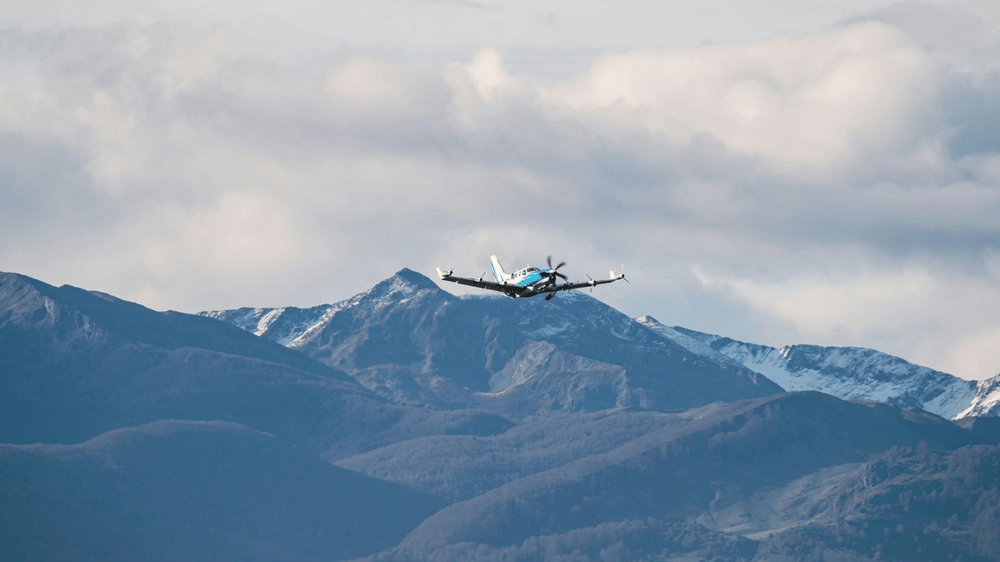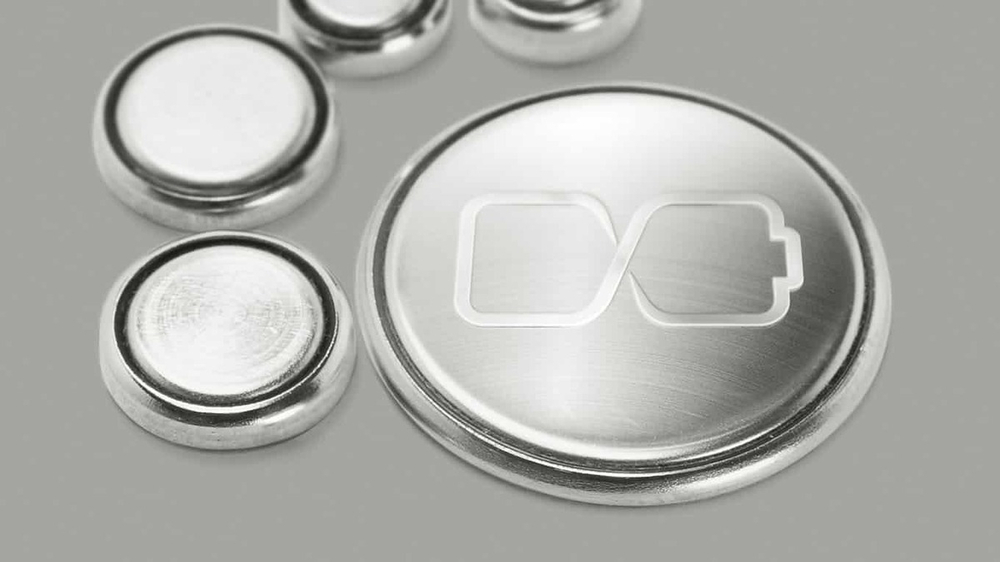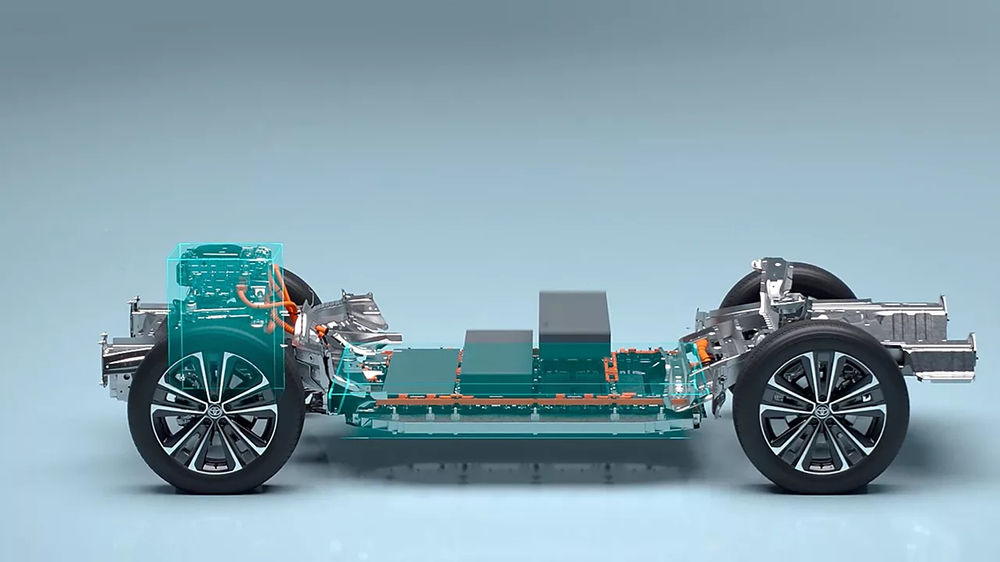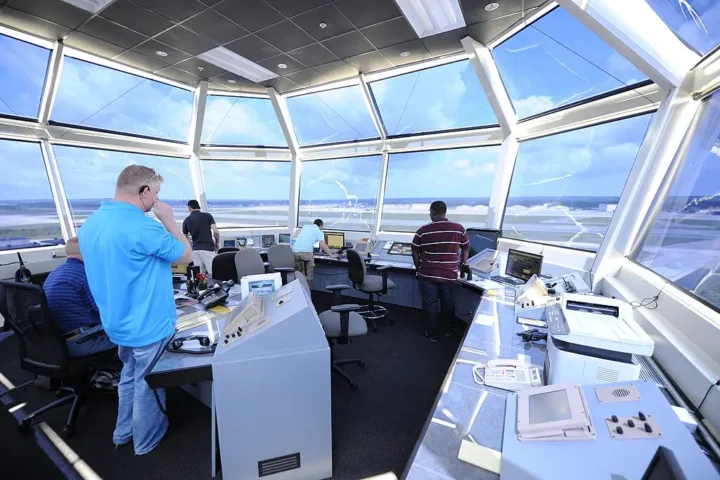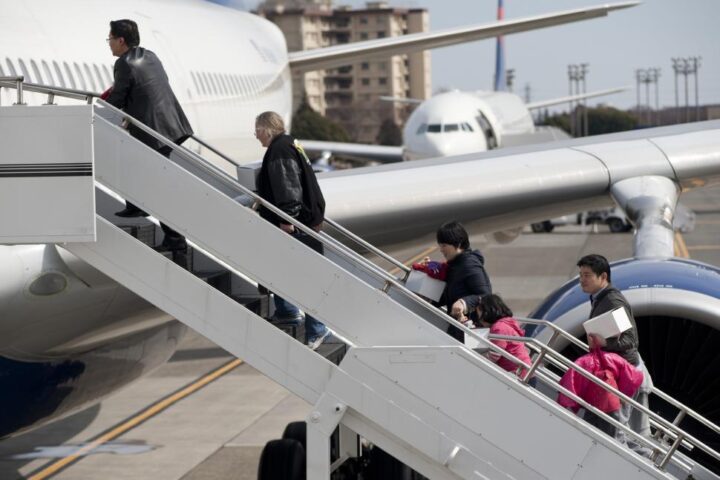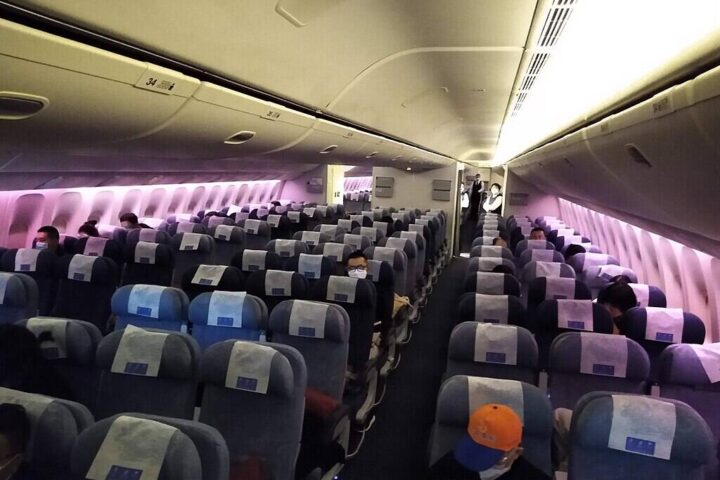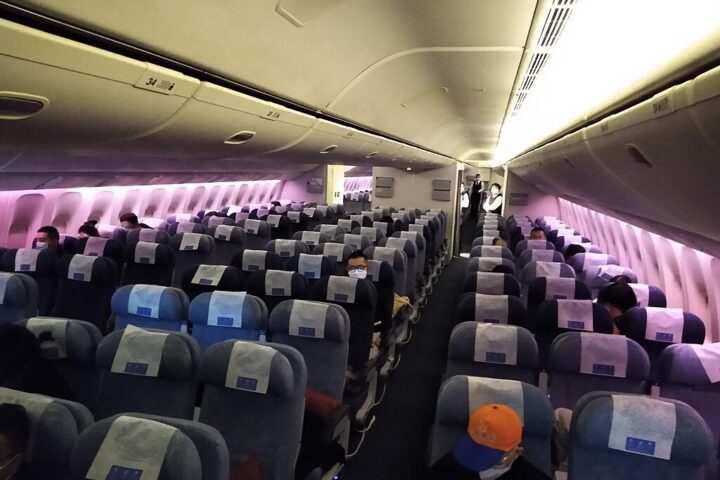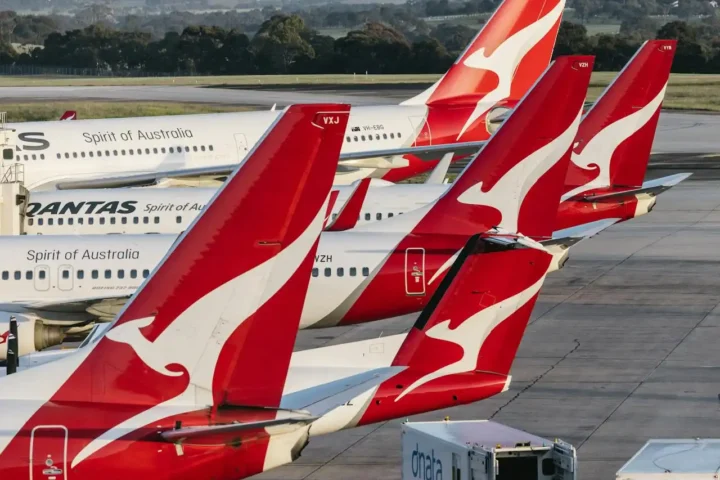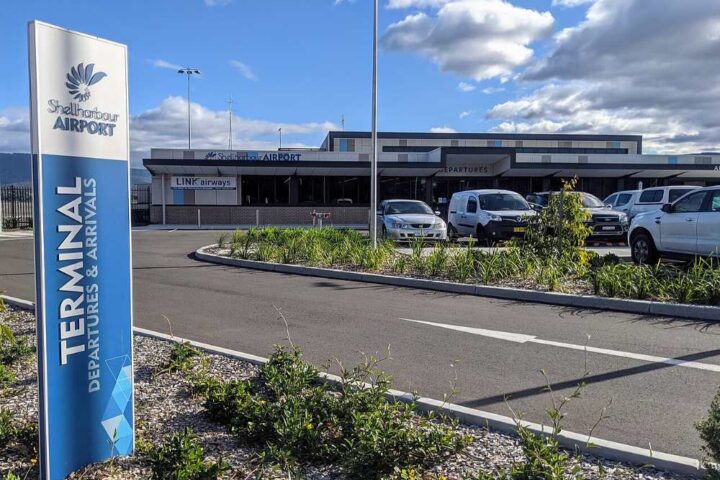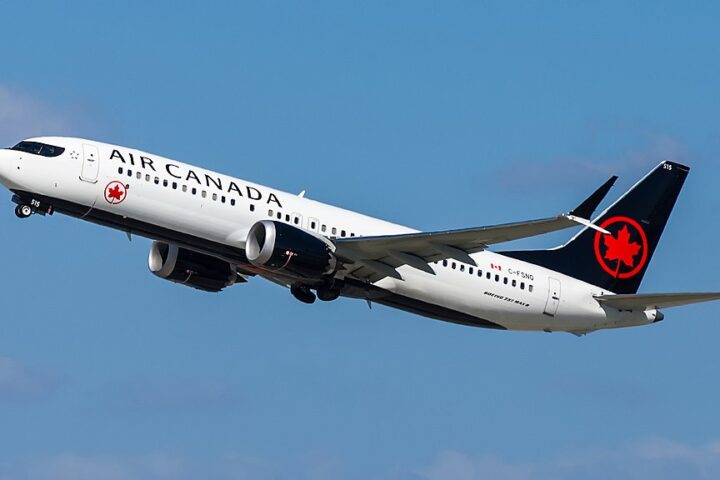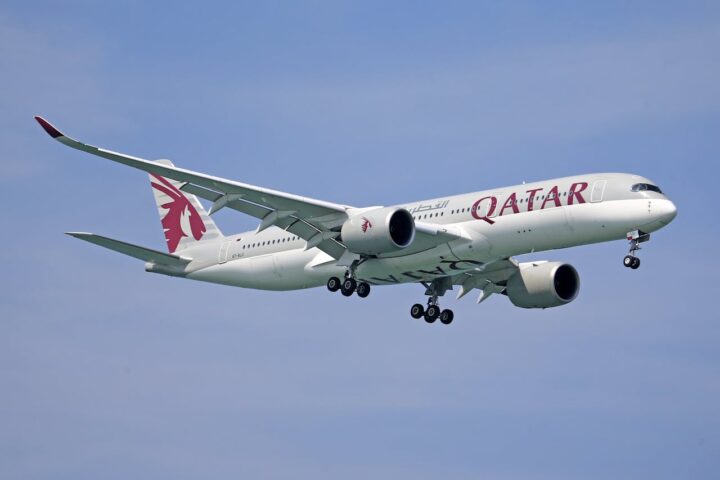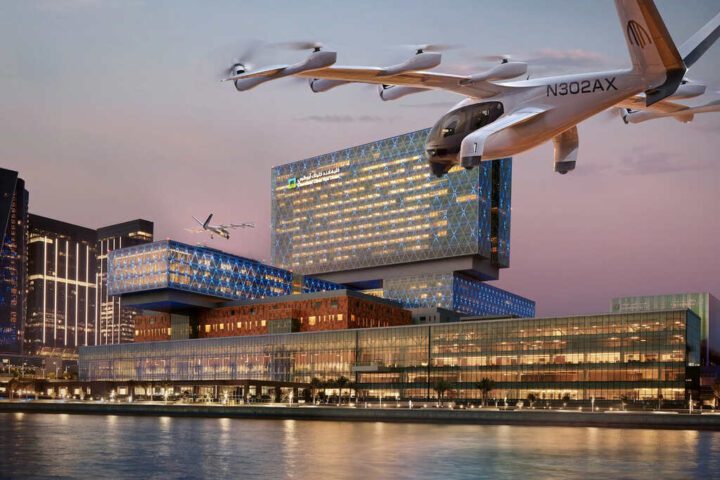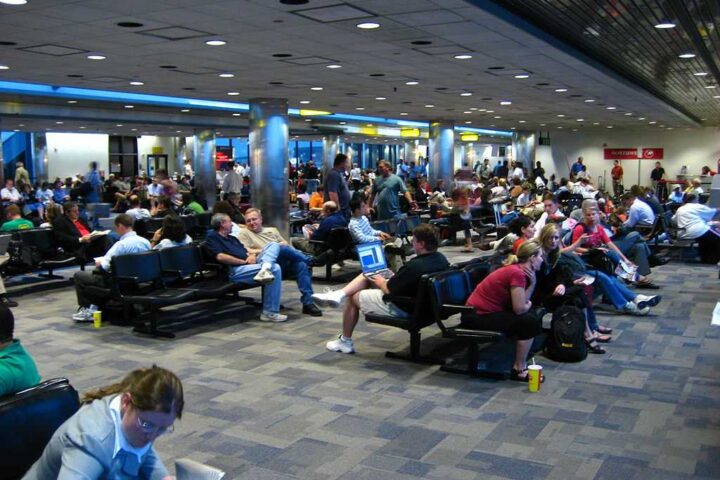EcoPulse, a collaborative creation by Airbus, Daher, and Safran, recently achieved a groundbreaking feat in the realm of aviation. On November 29, 2023, this hybrid-electric aircraft, a modified Daher TBM 900 turboprop, soared into the skies from Tarbes Airport, initiating a new chapter in eco-friendly aviation.
EcoPulse isn’t just another aircraft; it’s a symbol of sustainable advancement. It integrates six electric motor/thruster units along its wings, each powered by a 50-kW Safran ENGINeUS motor. At the core of its technology lies a high-voltage battery system developed by Airbus, which is a pioneering achievement for the industry. This 800 Volt DC battery can deliver a formidable 350 kilowatts of power. Complementing this electric setup is a traditional turboprop engine, making EcoPulse a hybrid-electric marvel.
The test flight, lasting about 100 minutes, wasn’t merely about taking off and landing. It was an intricate exercise in validating the integration of this unique propulsion system. During the flight, the crew engaged the electric propellers, assessing the aircraft’s response and the efficacy of its high-voltage battery pack, distributed electric propulsion, and hybrid electric turbogenerator.
This initial flight sets the stage for an eight-month testing campaign, focusing on the distributed hybrid-propulsion systems and associated technologies. Airbus estimates that hybridization could reduce an aircraft’s environmental footprint by up to 5%. The data and insights gained from these tests are vital for refining simulators, enhancing performance, and pushing the boundaries of electric aviation.
Similar Posts
The EcoPulse project is a testament to the synergistic efforts of Daher, Safran, and Airbus. Each partner brings its specialized expertise to the table. Daher provides the base aircraft platform, Safran contributes with electric motors and the turbogenerator, and Airbus leads in battery technology and flight control systems.
The enthusiasm and vision of the project leaders are evident. Eric Dalbiès from Safran remarked, “We confirmed today that this disruptive propulsion system works in flight, which paves the way for more sustainable aviation.” Similarly, Sabine Klauke of Airbus highlighted the milestone’s significance, emphasizing the role of high-energy density batteries in reducing carbon emissions. Pascal Laguerre from Daher pointed out the importance of collecting data on the onboard technologies to guide future sustainable aircraft designs.
EcoPulse is not just an aircraft; it’s a part of a larger mission to decarbonize aviation. It’s a critical project under the umbrella of the French Civil Aviation Research Council (CORAC), co-funded by the French Civil Aviation Authority (DGAC) through France Relance and NextGeneration EU. The primary goal is to evaluate the operational advantages of hybrid-electric distributed propulsion, especially in reducing CO2 emissions and noise levels.
